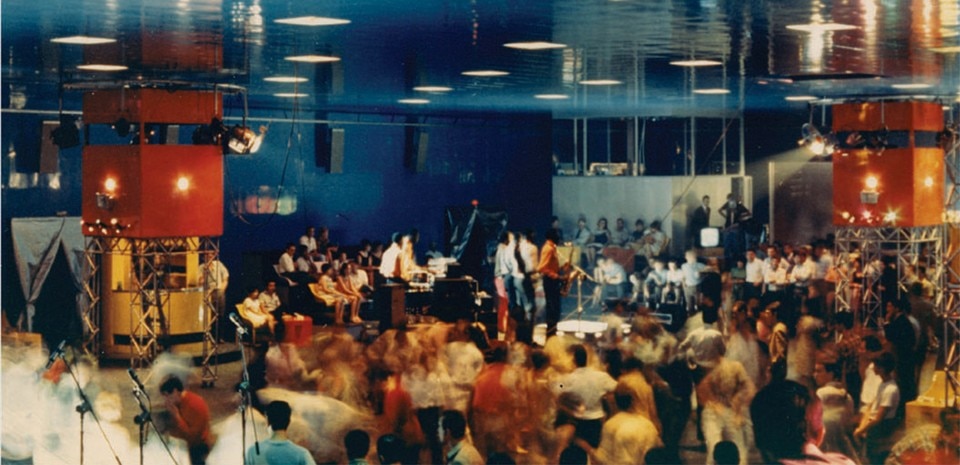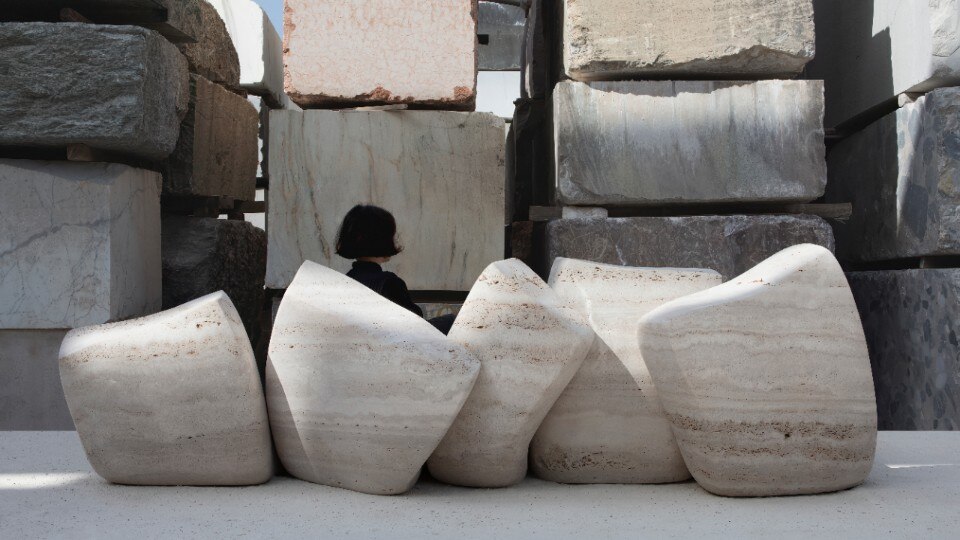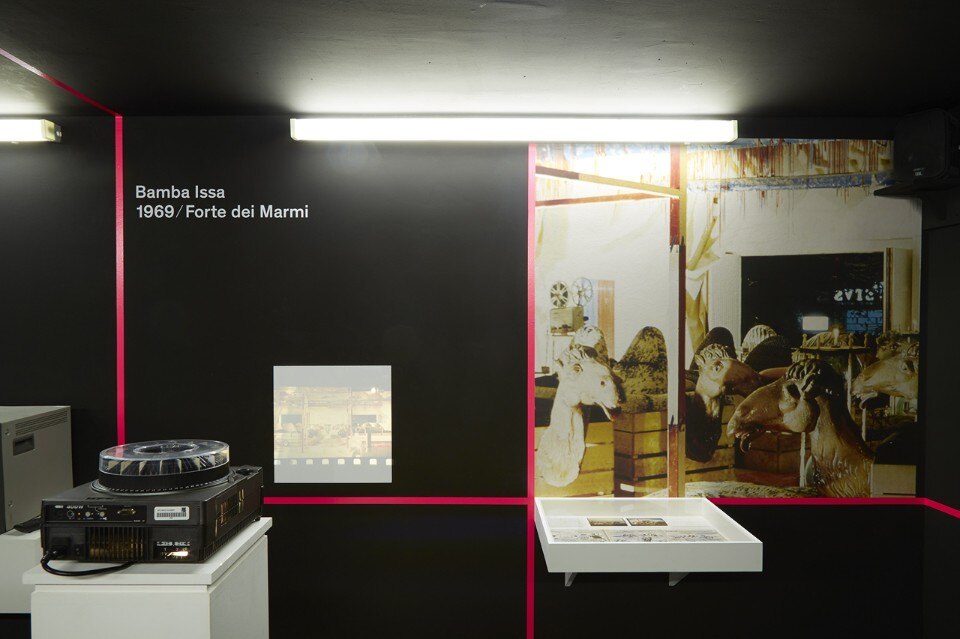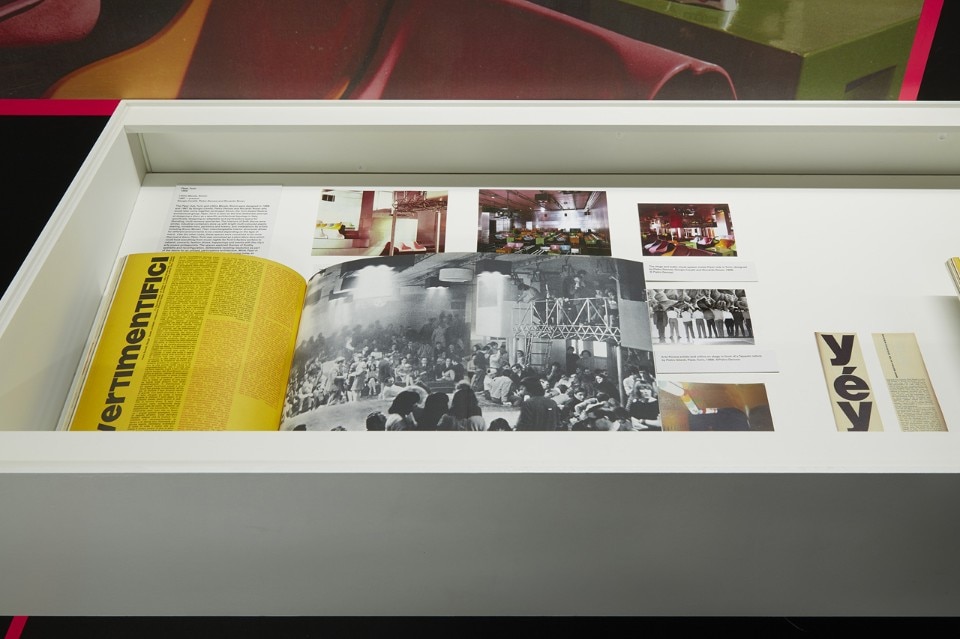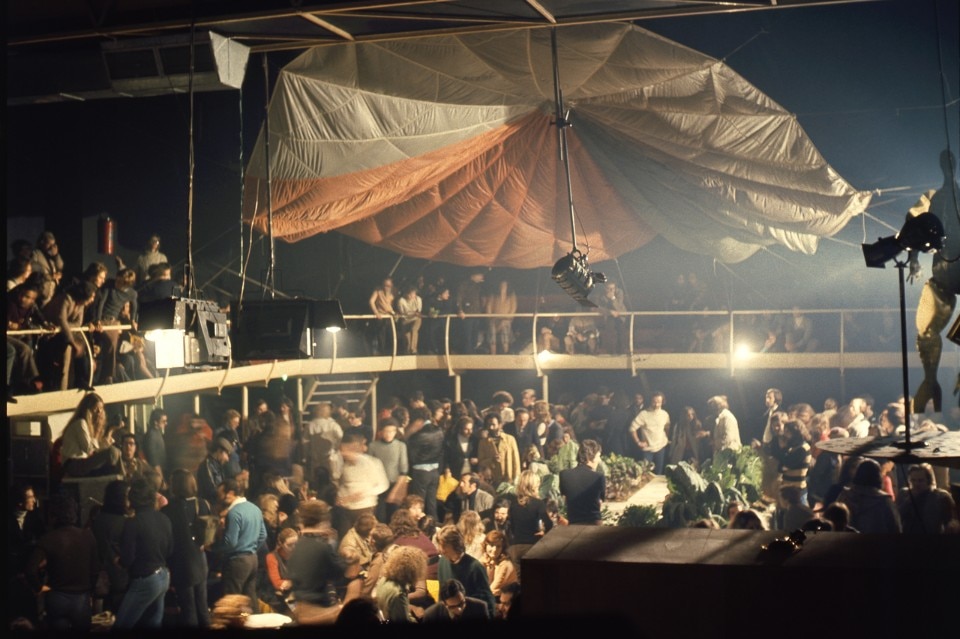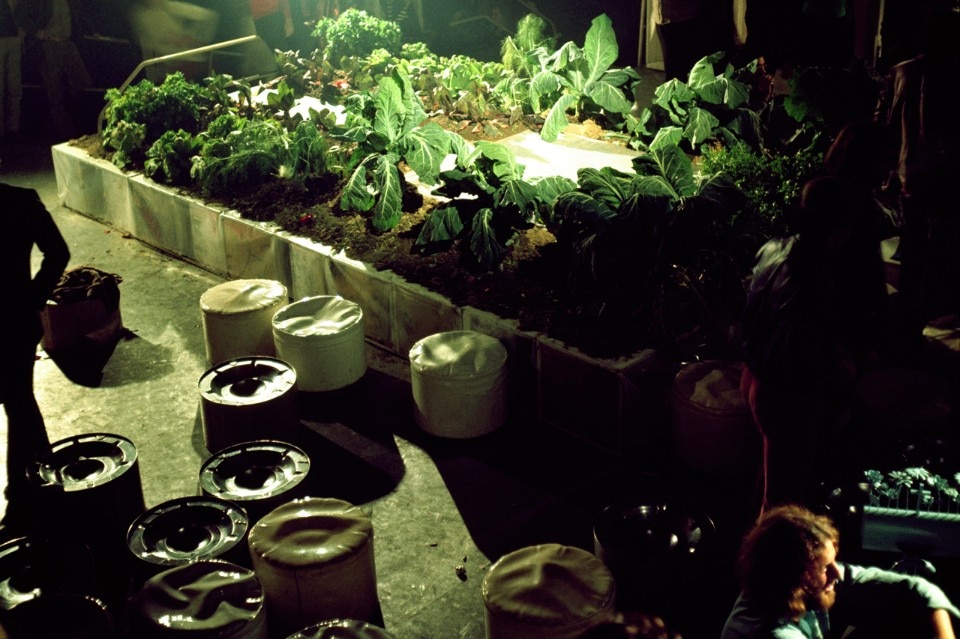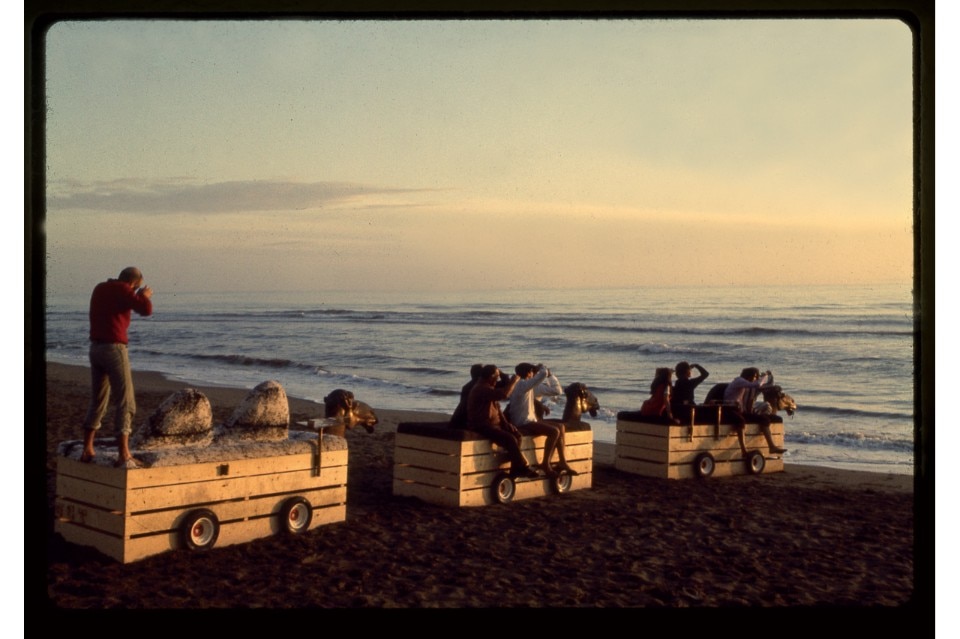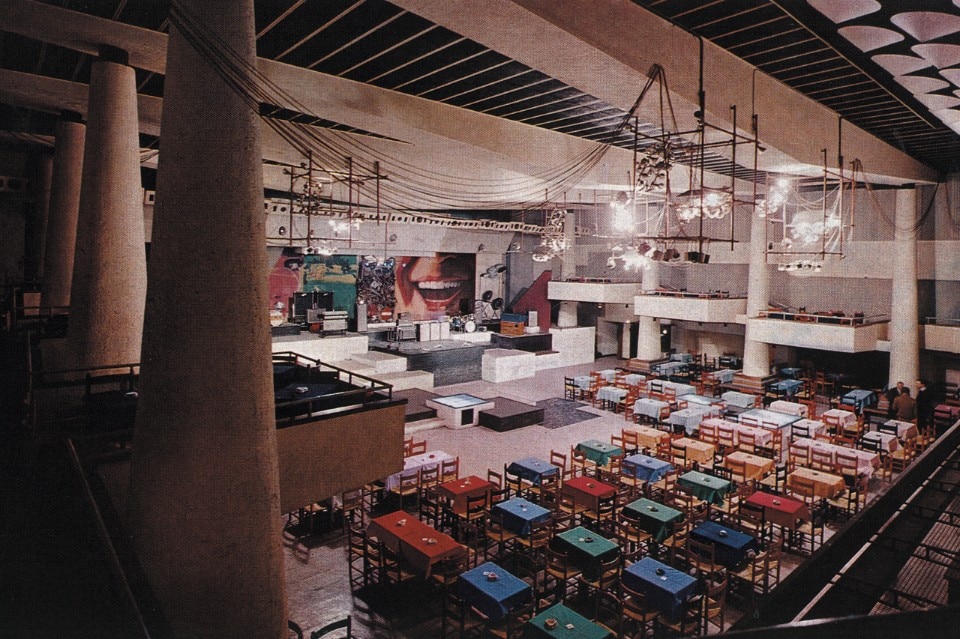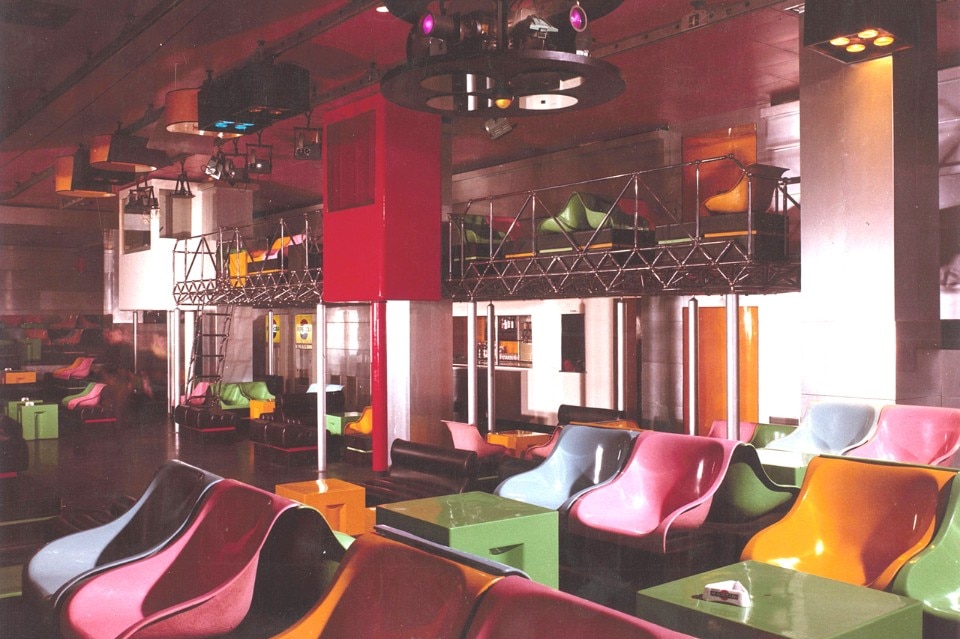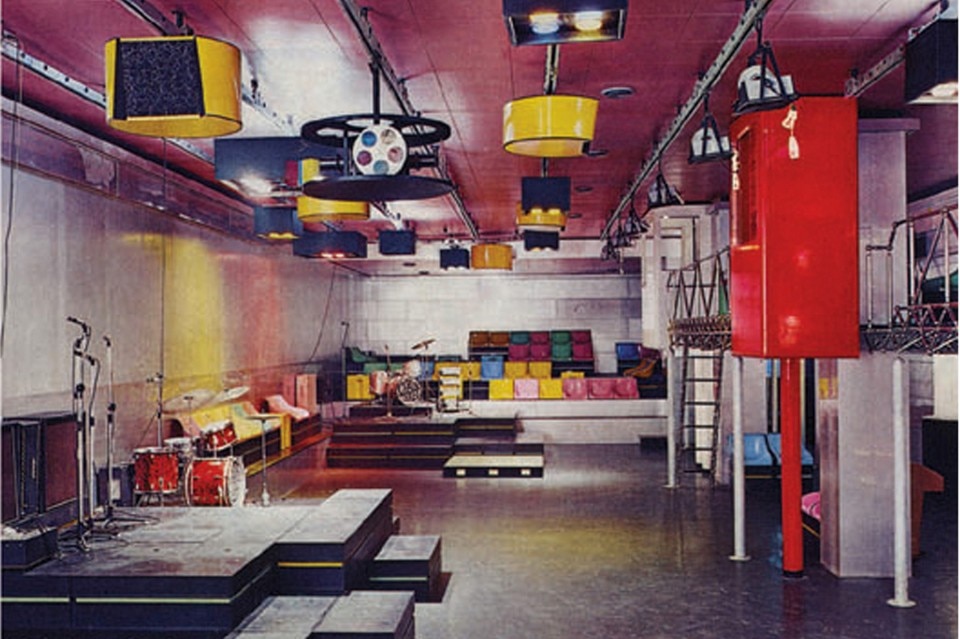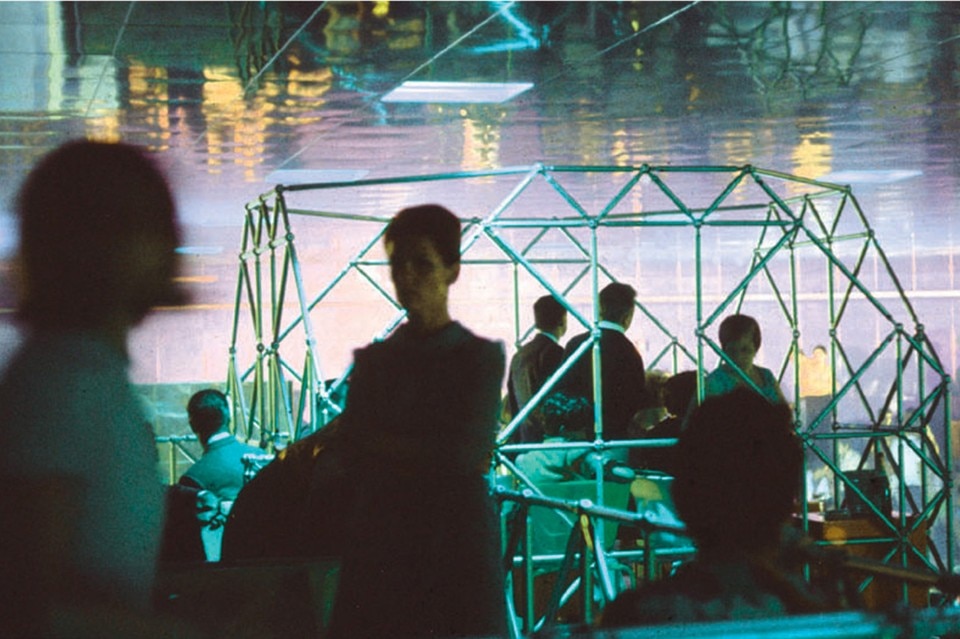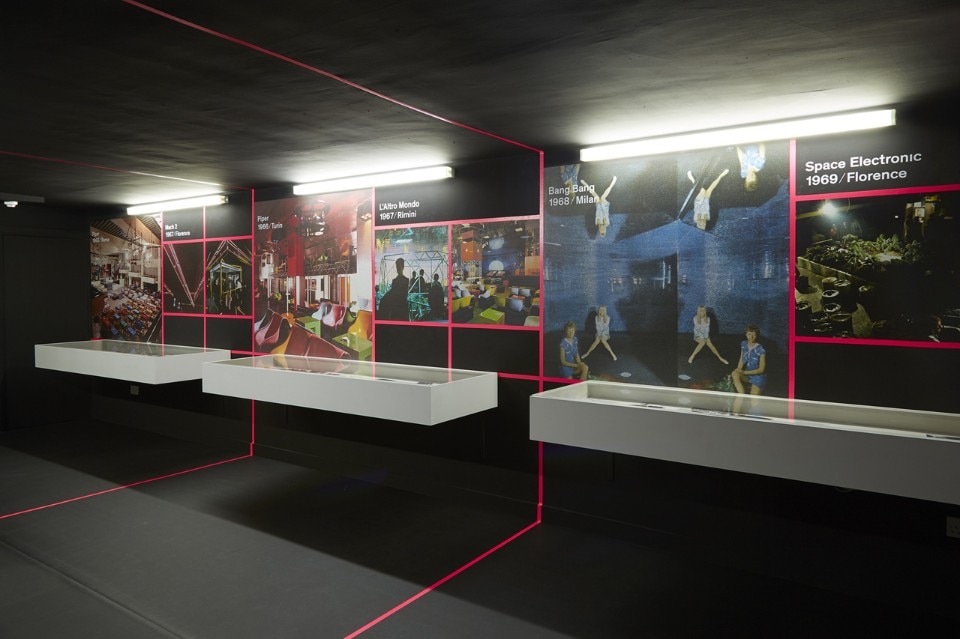
“Radical Disco: Architecture and Nightlife in Italy, 1965 – 1975” explores this little-known phenomenon through archival photographs, architectural drawings, film, music and articles from the international design press.
Italy’s discos were known as Pipers, named after the first such venue, which opened in Rome in 1965. Designed by Manilo Cavalli, and Francesco and Giancarlo Capolei it featured reconfigurable furnishings, audio-visual technologies and a stage for Italian and British acts from Patty Pravo to Pink Floyd, who performed against a backdrop of works by artists including Piero Manzoni and Andy Warhol.
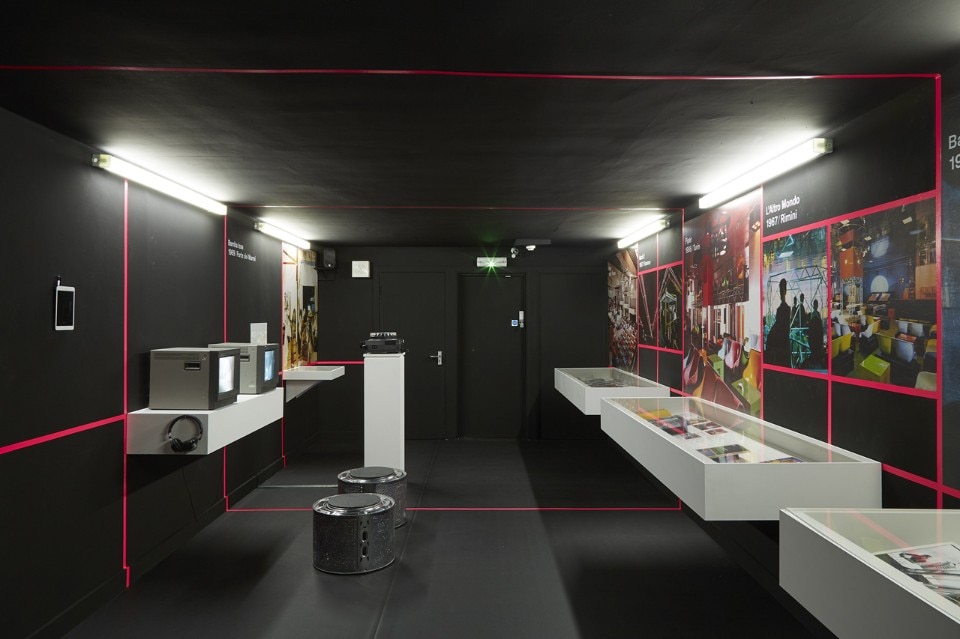
Pipers generated interest amongst many young architects, sparked by a course on the topic at Florence University. Participants included Gruppo Strum who designed both La Fine del Mondo in Turin (1966) and L’Altro Mondo in Rimini (1968). Florence was home to Superstudio’s Mach 2 (1967) and Gruppo 9999’s Space Electronic (1969). Inspired by New York’s Electric Circus club and Marshall Mcluhan’s media theories, Space Electronic hosted everything from performances by Living Theatre to a vegetable garden. In Milan Ugo La Pietra designed Bang Bang (1968), a disco entered through a boutique, while on the Tuscan coast Gruppo UFO designed Bamba Issa (1969), a Mickey Mouse-inspired disco.
These pioneering spaces united innovations in art, architecture, music, theatre and technology. They represent some of the only built examples of Radical architecture. Yet the phenomenon was short-lived, by the mid-1970s most had closed or been transformed into more commercial spaces.
At a time when Radical Design’s legacy is being reconsidered and nightclubs are closing across the UK, this presentation explores the relationship between avant-garde architecture and nightlife, and its significance today.
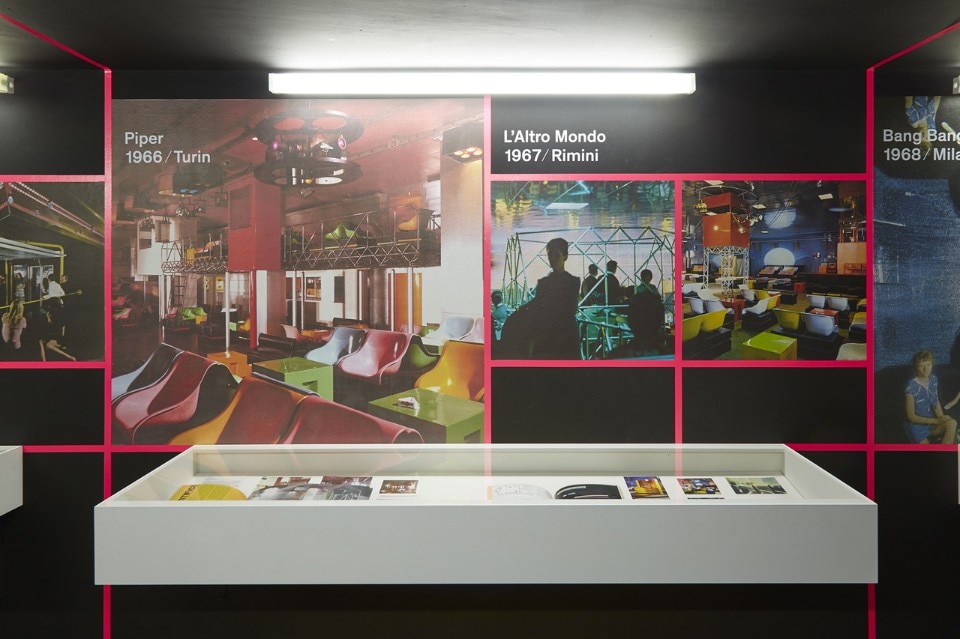
until January 10, 2016
Radical Disco
Architecture and Nightlife in Italy, 1965 – 1975
curated by Catharine Rossi and Sumitra Upham
with support from Istituto Italiano di Cultura Londra
ICA Fox Reading Room
Institute of Contemporary Arts
The Mall, London
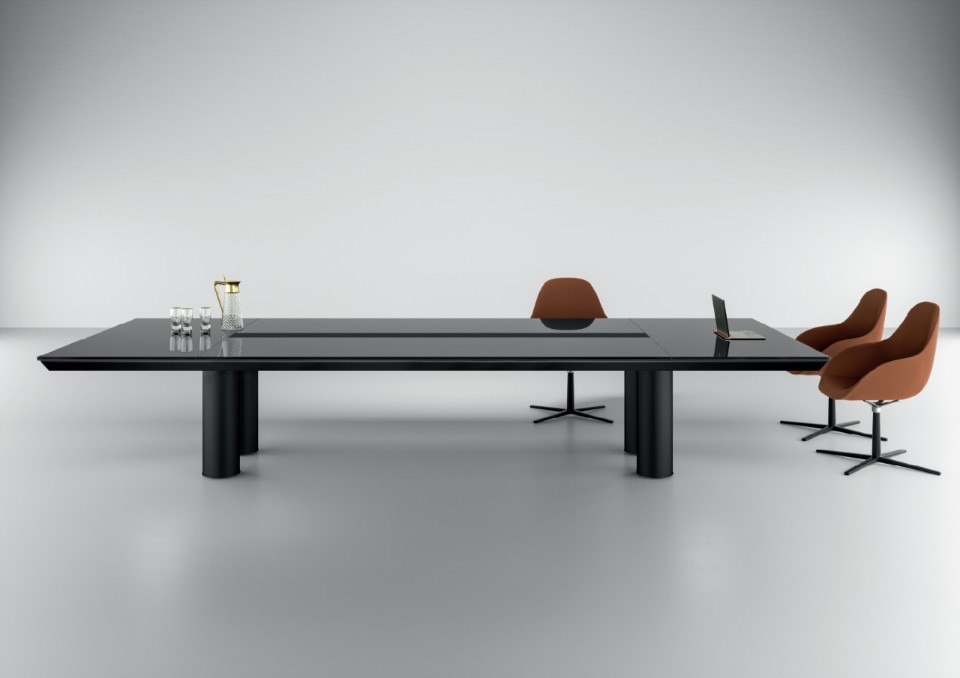
Innovation and timeless elegance
Han by Martex is a modular executive system that blends functionality with premium materials. A contemporary classic, designed for evolving executive spaces for over 25 years.


